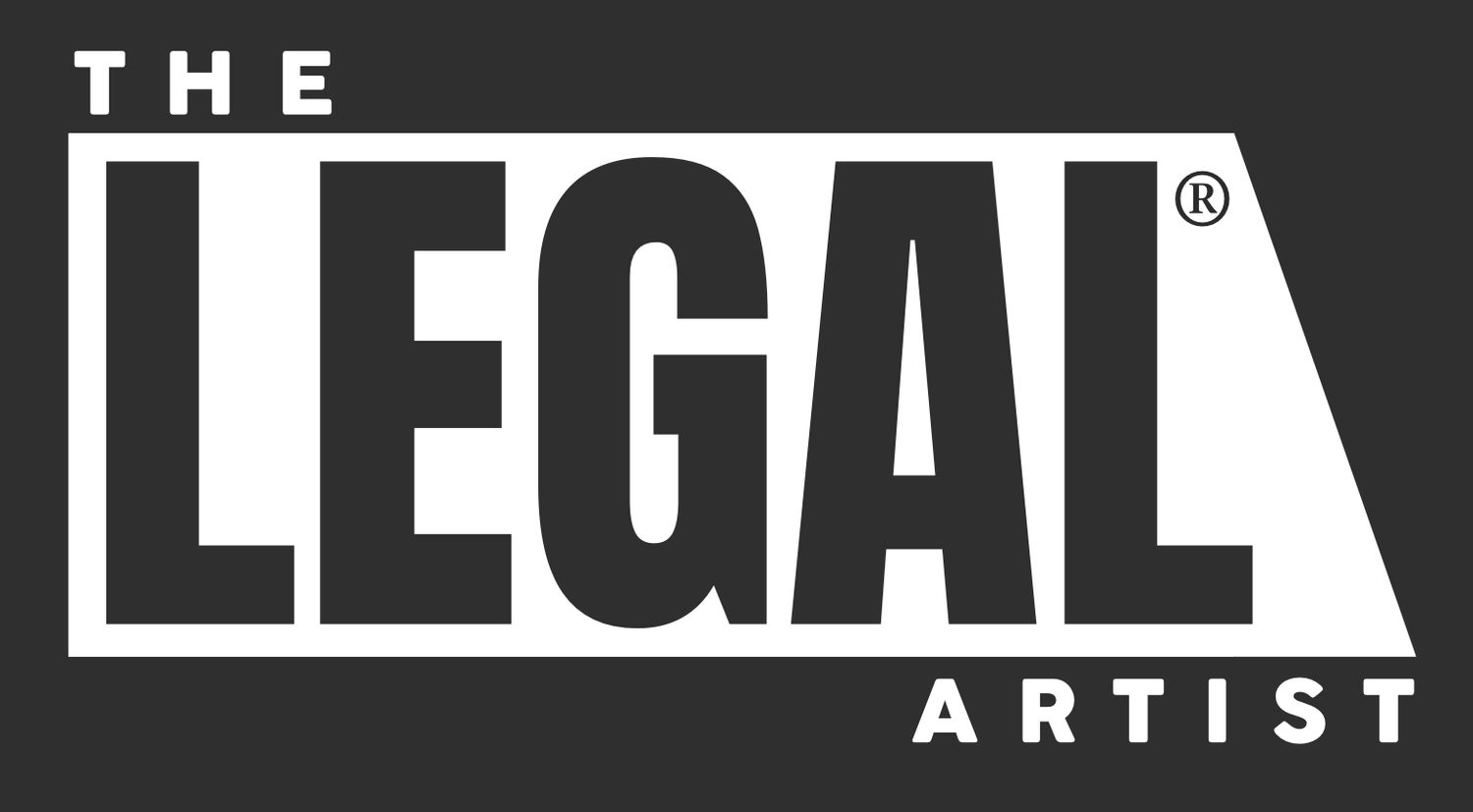On Registering Your Film's Copyright Before Festival Submission and Drones
/Submitting your film to a festival can be one of the most nerve-racking experiences a filmmaker can have. Believe me I know. In my latest Cinema Law column over at MovieMaker Magazine, I discuss the importance of protecting your copyrighted film before anyone can see it and how that can give you peace of mind. Here's a brief snippet from the article, which you can read in full by heading over here.
Q: I’m about to send my film to a festival for consideration. How can I copyright it? I want to make sure it’s protected before I send it anywhere.
I get asked this question probably more than any other in my day-to-day practice. I understand why: You’re about to send your work into the world and want to ensure that no one else can commoditize it without your consent. I relate completely. I was once a young filmmaker, too, and I know how nerve-wracking submitting to festivals can get. Not only are you putting your work in front of people whose sole job it is to judge its merit, once it’s out there, it’s out there for anyone to steal, copy, and co-opt.
In addition to the new article, I'm reprinting in full my previous Cinema Law article on drone usage below.
*****
Cinema Law: To Drone or Not To Drone
Q: I’d like to use a camera-mounted drone for an upcoming film shoot, but I’m not sure what I need to do to protect myself from getting sued or arrested. Any advice?
There are a lot of benefits to using drones to get your aerial and exterior shots: They’re faster and easier to use than a helicopter-mounted camera, and they’re far more affordable. But before you strap a hi-def camera to an off-the-shelf RC helicopter, know that the Federal Aviation Administration probably won’t be very happy with you unless you do it their way.
Contrary to popular belief, the FAA doesn’t just regulate airplanes, helicopters, and hover-cars. Drones—or Unmanned Aircraft Systems (UAS), as the FAA refers to them—fall under their purview as well. Pretty much anything that can levitate off the ground. And since drones are regulated by the government, failure to meet the agency’s rules can have serious legal consequences for you: civil fines, rescission of or refusal to grant a pilot’s license, and even criminal charges if the infraction causes injury to property and persons.
When you’re flying a drone for commercial purposes—say, putting a camera on it and grabbing some aerial shots for your film—the matter becomes even more complicated. Right now, the FAA doesn’t have any official rules on commercial drone flights. This lack of legislation has led to a lot of misinformation about what’s permitted. The FAA actually has an FAQ page dedicated solely to dispelling the rumors and inaccuracies on the topic. (One of the chief falsehoods is that commercial drone flights are permissible as long as they are treated like model aircraft, which require no special authorization. Nothing could be further from the truth. And model aircraft are still heavily regulated, anyway).
In the absence of a rule on commercial drone flights, the FAA has adopted a convoluted work-around. If you want to fly your drone to get your shots, you can petition the agency for an exemption under Section 333 of the FAA Modernization and Reform Act of 2012. Each exemption is granted on a case by case basis and depends heavily on the facts of your situation. (Several productions have requested and received the exemption). The more you can prove your drone will be operated safely and without danger of injury to people or property, the more likely it will be approved.
There’s no guarantee that your petition will be approved, but even if it is, it won’t be a free pass. You’ll still be hit with plenty of safety restrictions. Among them: a licensed pilot to operate the drone; numerous safety checks before and after each flight for the aircraft; elevation limits; speed restrictions, and so on. All told, the preparation process could take upwards of six months. Last year, an Arizona real-estate agent received an exemption to use a camera-mounted UAS to film several properties he was selling. While his request was approved, it came with a list of 33 no-nos. It’s almost enough to not make the endeavor worthwhile.
Thankfully, the madness may be coming to an end. Just this month, the FAA released a proposed rule that would allow drones to be flown for commercial applications—including film and television production. All drones would be required to weigh less than 55 lbs and would, of course, be subject to the usual panoply of safety restrictions and certifications. For example, the aircraft would be required to be flown no higher than 500 ft and no faster than 100 mph. Additionally, the drone would not be allowed to be flown in heavily populated areas. The regulation, however, is still in the early stages of consideration, so it’ll be months—or possibly years—before it becomes law. So for the time being, the Section 333 exemption is your best bet.
That said, even if you receive a Section 333 exemption, you’re only off the hook with the FAA. You still need to seek permission (written, of course) to film on any private property or, if you’re filming on public property, the appropriate filming permits from the municipality. And no matter where you’re shooting, you should always inform the police of what you’re up to. The last thing you need is to get arrested because someone in a nearby office building sees your drone and thinks its a bomb!
If all of this sounds like more of a hassle than it’s worth, you can always commission some professional aerial photography. It’s expensive and unwieldy, but at least the law understands it.








